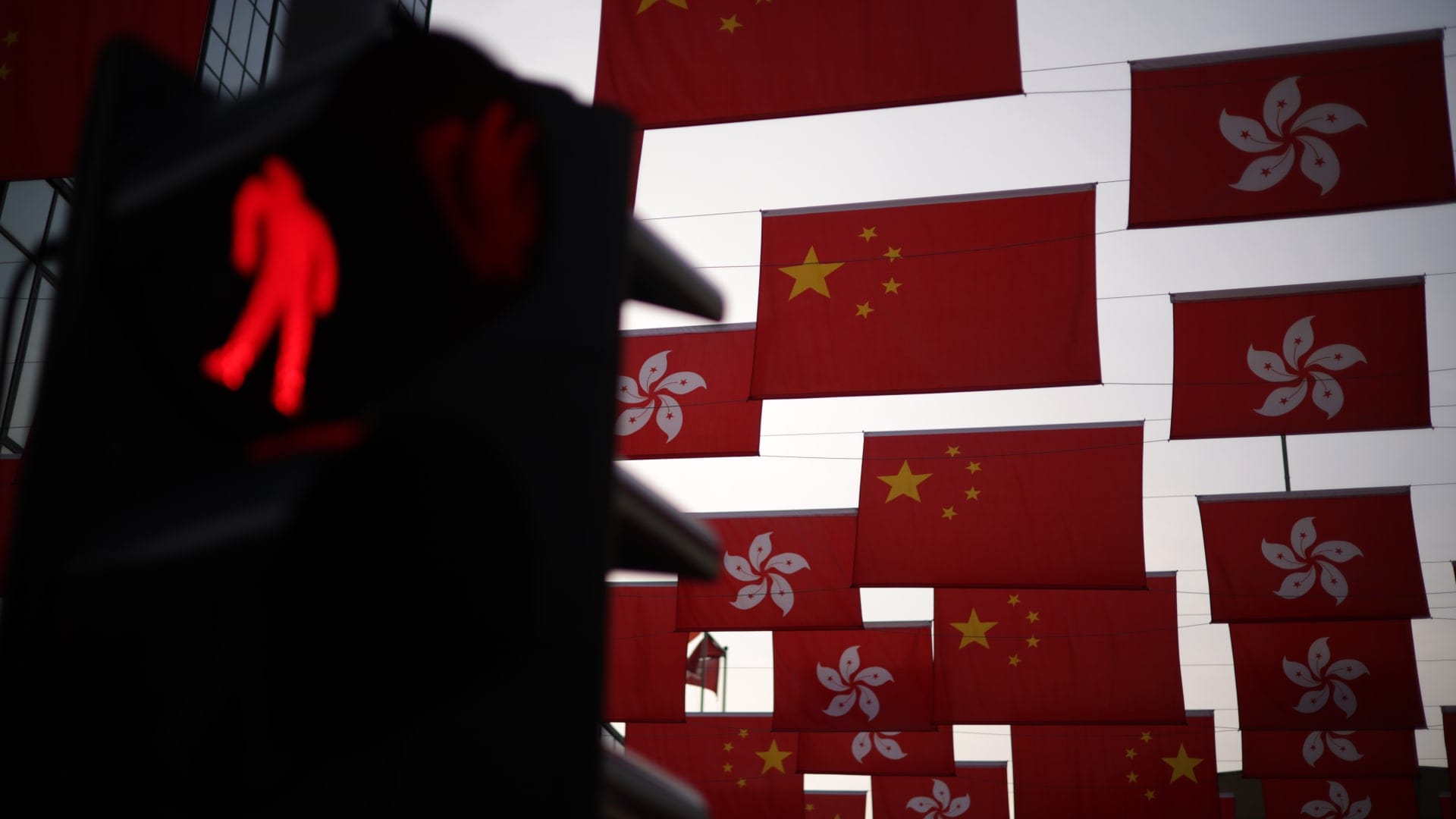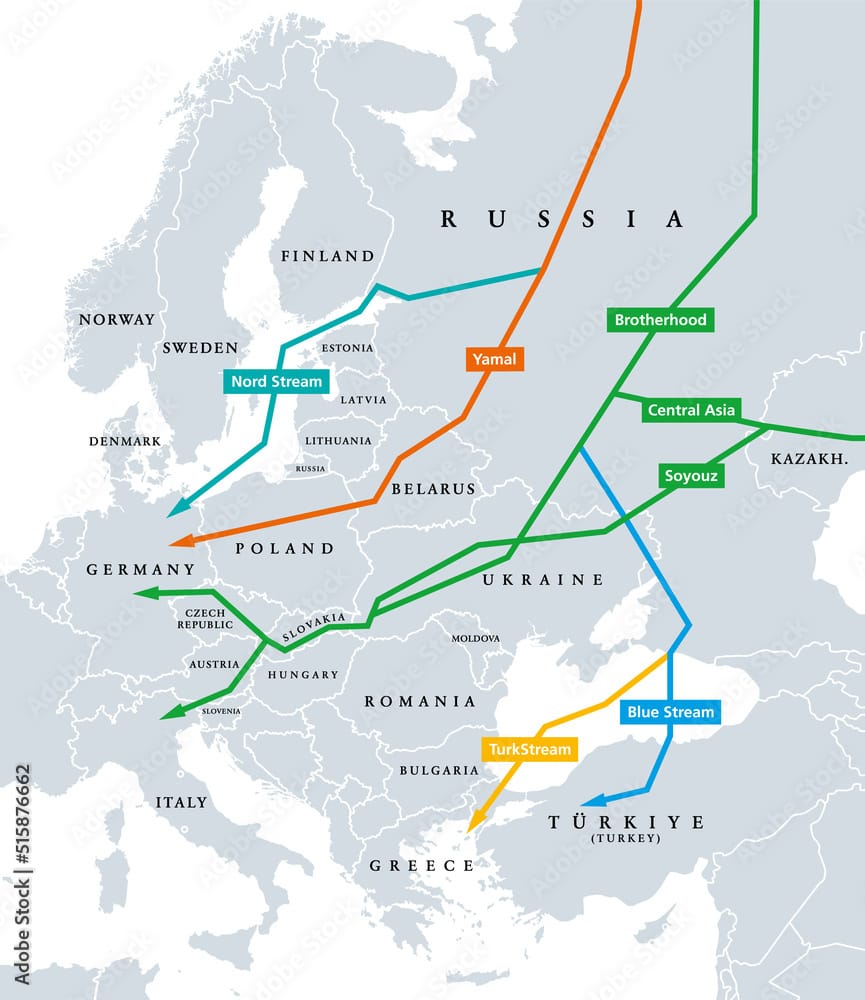Asia-Pacific markets have started the week on a worrisome note as burgeoning concerns over tariffs have dented investor confidence across the region. Fears about the potential economic implications of evolving trade policies have fueled uncertainty, leading to notable declines in key indices. As market participants grapple with the implications of these developments, the broader regional economy also faces headwinds tied to global trade fluctuations.
Major indices across the Asia-Pacific region reflected investors’ concerns, with benchmark indices dropping in Tokyo, Hong Kong, and Sydney. Investors have fixated on potential tariff implementations that could disrupt international trade routes, inflate production costs, and strain supply chains already pressured by months of sporadic economic recovery. The renewed focus on tariffs comes amidst an already fragile global sentiment, with inflation, geopolitical tensions, and fluctuating economic indicators complicating the investment landscape.
In China, the Shanghai Composite Index shed points early this week, reflecting unease among market participants about domestic policy responses and offshore uncertainties. Beijing has repeatedly sought to stabilize its economy through stimulus and regulatory adjustments, but the looming threat of new tariffs introduces complications that go beyond its borders. Export-reliant sectors, which play a major role in China’s economic growth, are particularly vulnerable to these changes.
In Hong Kong, the Hang Seng Index fell sharply, mirroring concerns over escalating trade disputes. The region’s status as a major logistics and financial hub makes it highly sensitive to shifts in international trade policy. Financial and technology stocks led the declines as investors reacted to the potential fallout from any ratcheting up of trade tensions. Corporate earnings across the board face potential downward revisions if economic disruptions lead to softer demand.
Elsewhere in Asia, markets were no stranger to fresh bouts of selling pressure. Japan witnessed declines on the Nikkei 225, primarily led by losses in industrial and automotive stocks. Japan’s economy, heavily reliant on exports, faces significant risks should tariff-related barriers increase costs for its manufacturers. Key industries, particularly those with supply chain dependencies in North America and Europe, would have to recalibrate operations to avoid revenue losses stemming from new tariffs.
Australia’s ASX 200 also reflected broader fears tied to global trade uncertainties. Sectors heavily tied to raw materials and mining showed market underperformance, likely impacted by investor sentiment regarding future demand stability in major economies such as China. New Zealand’s market exhibited similar trends of cautious trading, with local businesses that depend on Asia-facing exports under the scanner.
The sensitivity of Asia-Pacific markets to global trade developments has once again laid bare the interconnected nature of the globalized economy. While tariff announcements often serve geopolitical and protectionist agendas, they possess the ability to transform private sector planning. For multinational companies and local businesses alike, adapting to quick shifts in trade policy requires flexibility, both operationally and financially.
Currency exchanges have seen heightened volatility as part of the markets’ reaction to tariff concerns, with the Japanese yen, often viewed as a safe-haven currency, gaining modestly against the U.S. dollar. Such movements showcase how investors seek risk-averting mechanisms to safeguard against economic unpredictability. On the flip side, economies with weaker currencies face inflation risks that threaten to exacerbate their supply chain challenges.
The reaction to these tariff worries has also altered immediate investment strategies within the region’s financial hubs. Many investors have adopted a wait-and-see approach, temporarily retreating to cash and slower-growth equities, reflecting the short-term caution dominating the sentiment. Some have further pivoted toward interest-bearing assets in developed markets, avoiding more volatile investment opportunities in economies reliant on emerging market trade flows.
For long-term stakeholders, the consequences of tariffs extend far beyond market performance. Choices made today regarding tariffs could create ripple effects across employment statistics, wage policies, foreign direct investment, and broader economic growth. Governments navigating these terrains must balance domestic industrial priorities with international commitments to ensure businesses are not squeezed excessively, damaging their competitiveness and pricing.
Key questions now circle whether these trade-related policies will secure temporary or lasting impacts. Policymakers across key economic blocs have acknowledged the risks posed by spiraling trade disputes but are often boxed in by domestic political considerations. The resolution of such conflicts requires concerted and sustained negotiations. Investors, particularly institutional, hedge on these complicated dynamics when planning portfolio growth.
Market analysts are warning that unless clarity emerges, the Asia-Pacific region may remain highly vulnerable to external developments. Several suggest monetary policymakers, including central banks, should prepare contingency plans to handle financial instability if prolonged tariff concerns translate into adverse macroeconomic data. Past experiences have demonstrated how quickly tariff disputes deflate investor enthusiasm and drag broader economic activity into slower growth.
With this perspective, the current sentiment in Asia-Pacific financial markets signals increased caution, reflecting investor anticipation of more turbulence ahead. While the impacts of any specific tariff or trade agreement might appear narrow at first glance, their after-effects reshape both private and public economic ecosystems worldwide. As investors, businesses, and economies wrest with these uncertainties, a path toward stability will depend heavily on global decision-making outside the control of individual regions.



